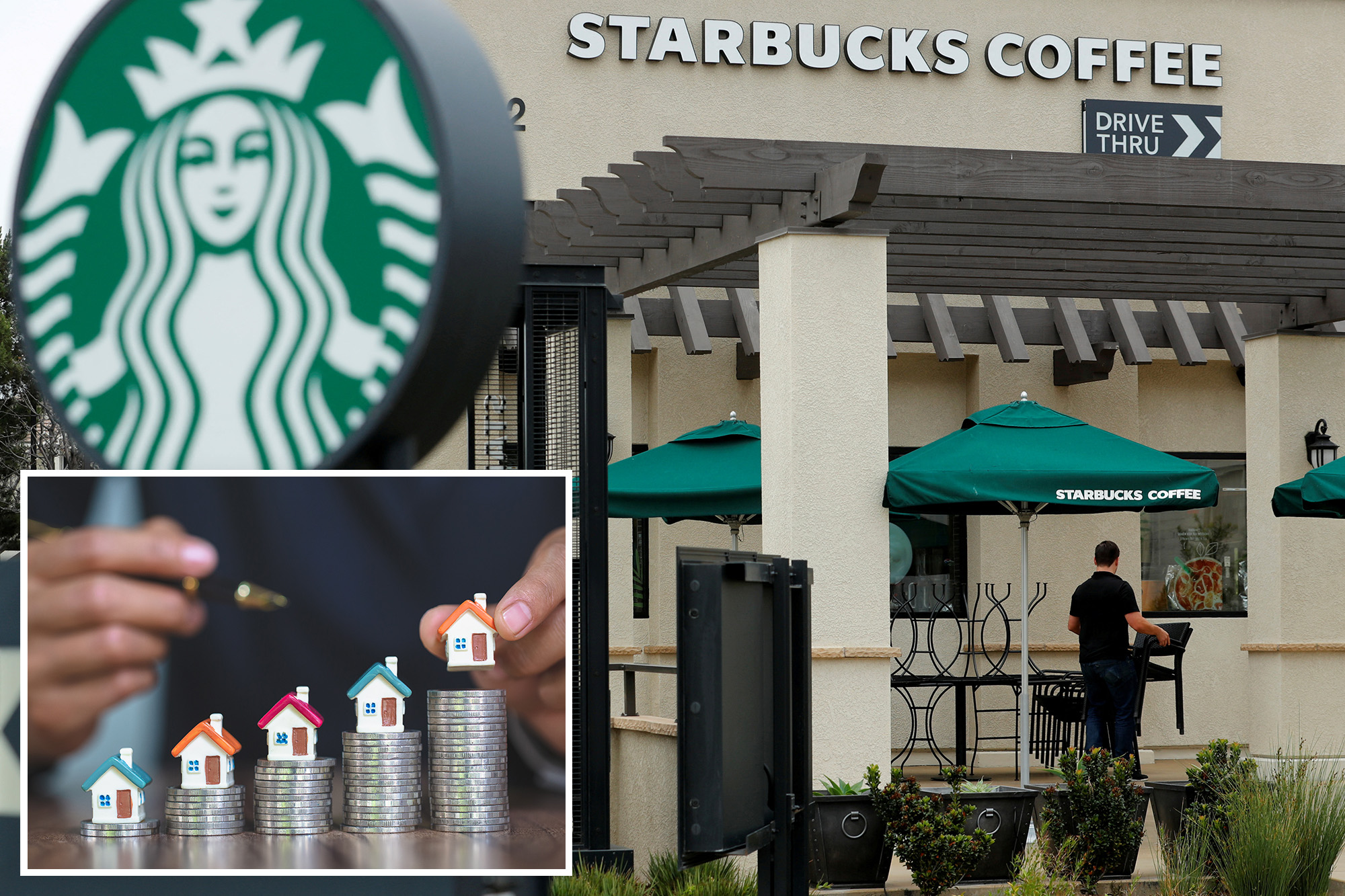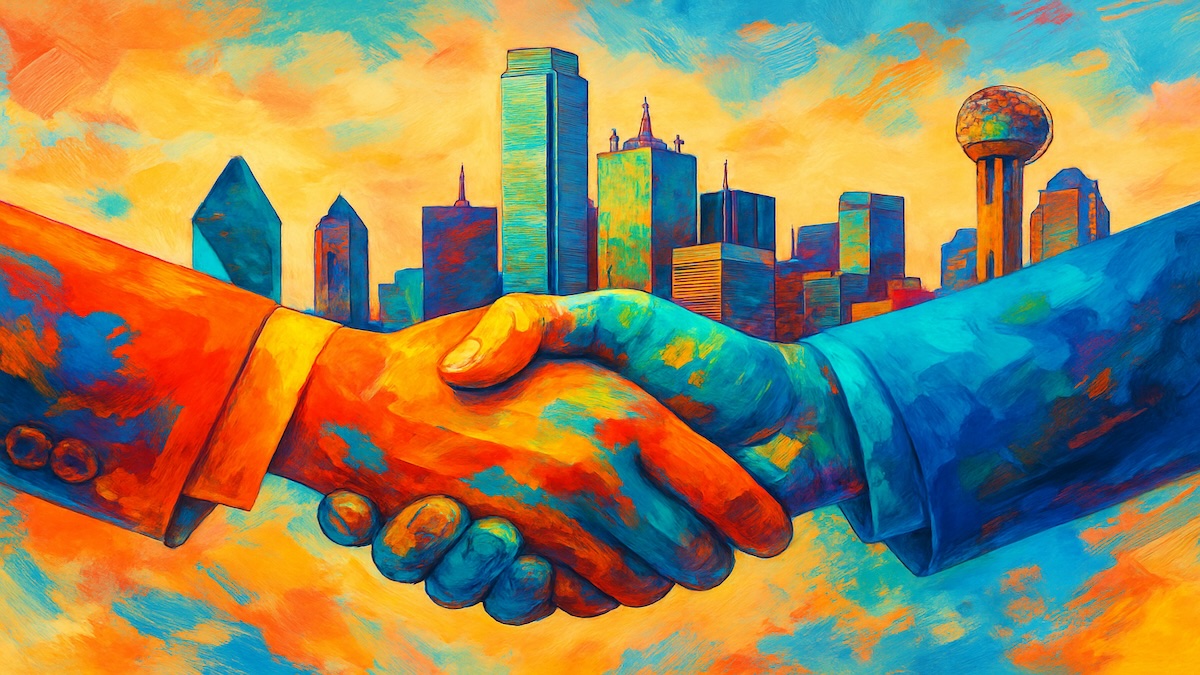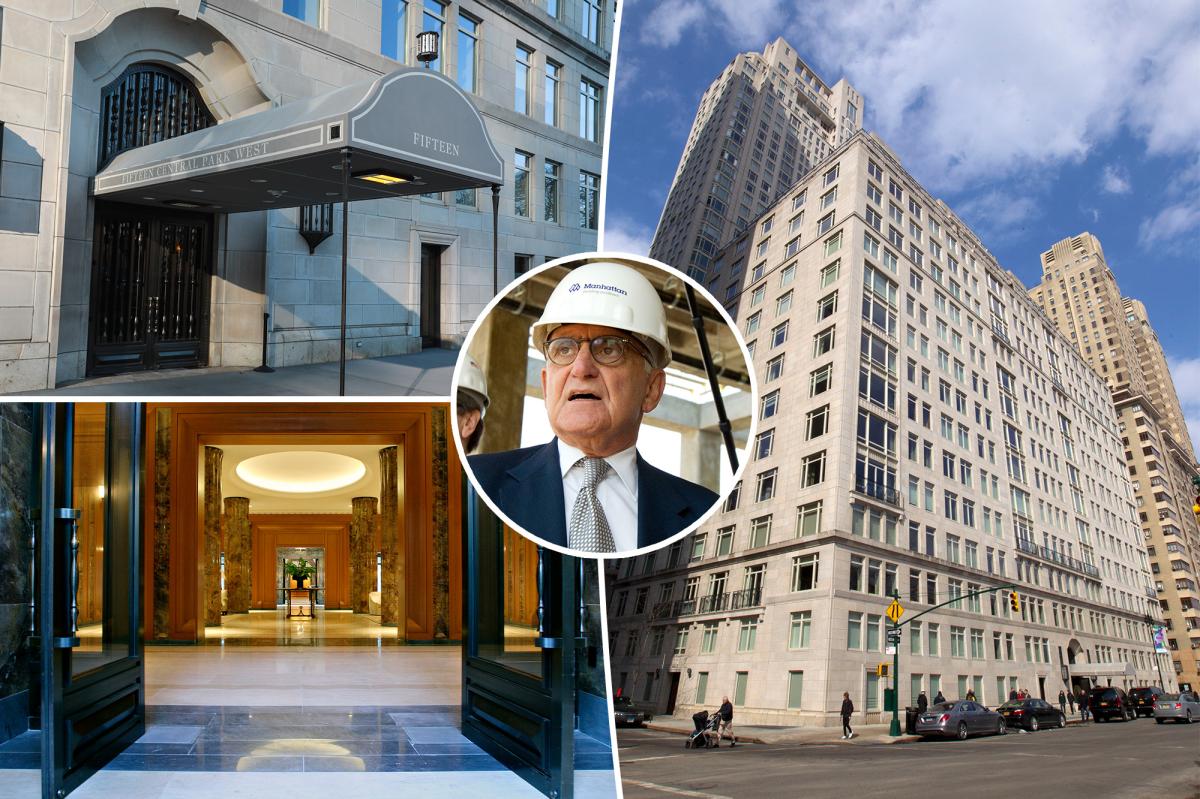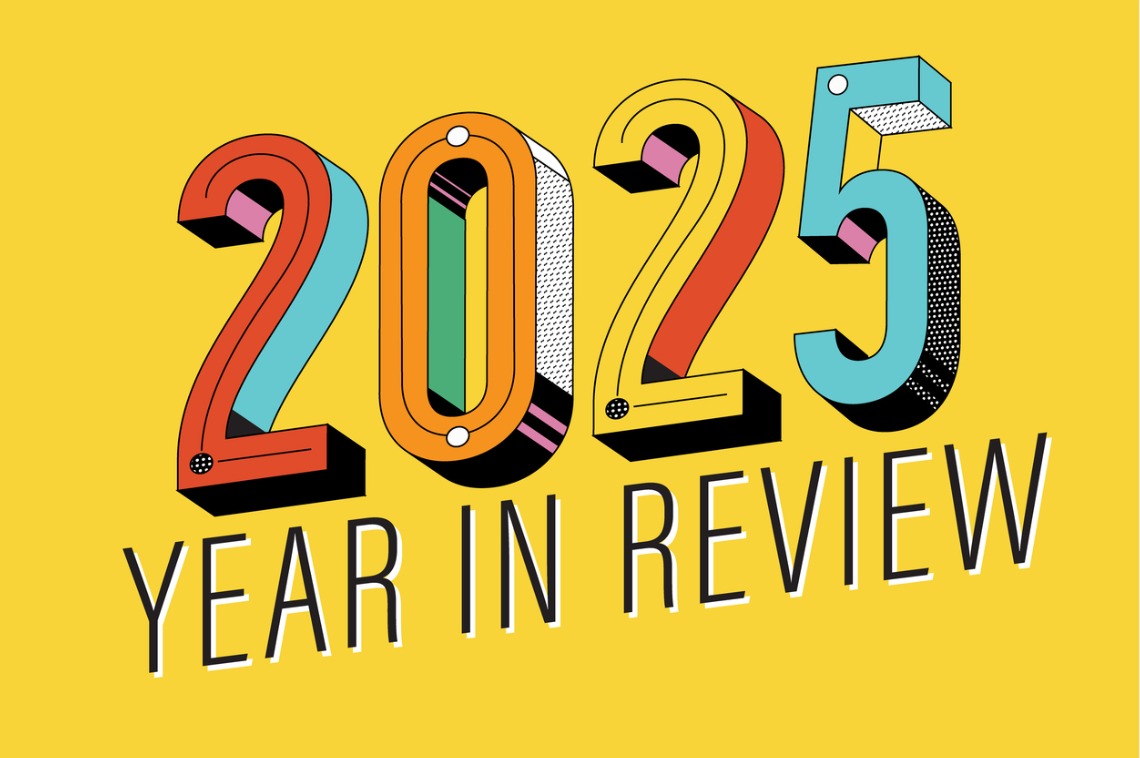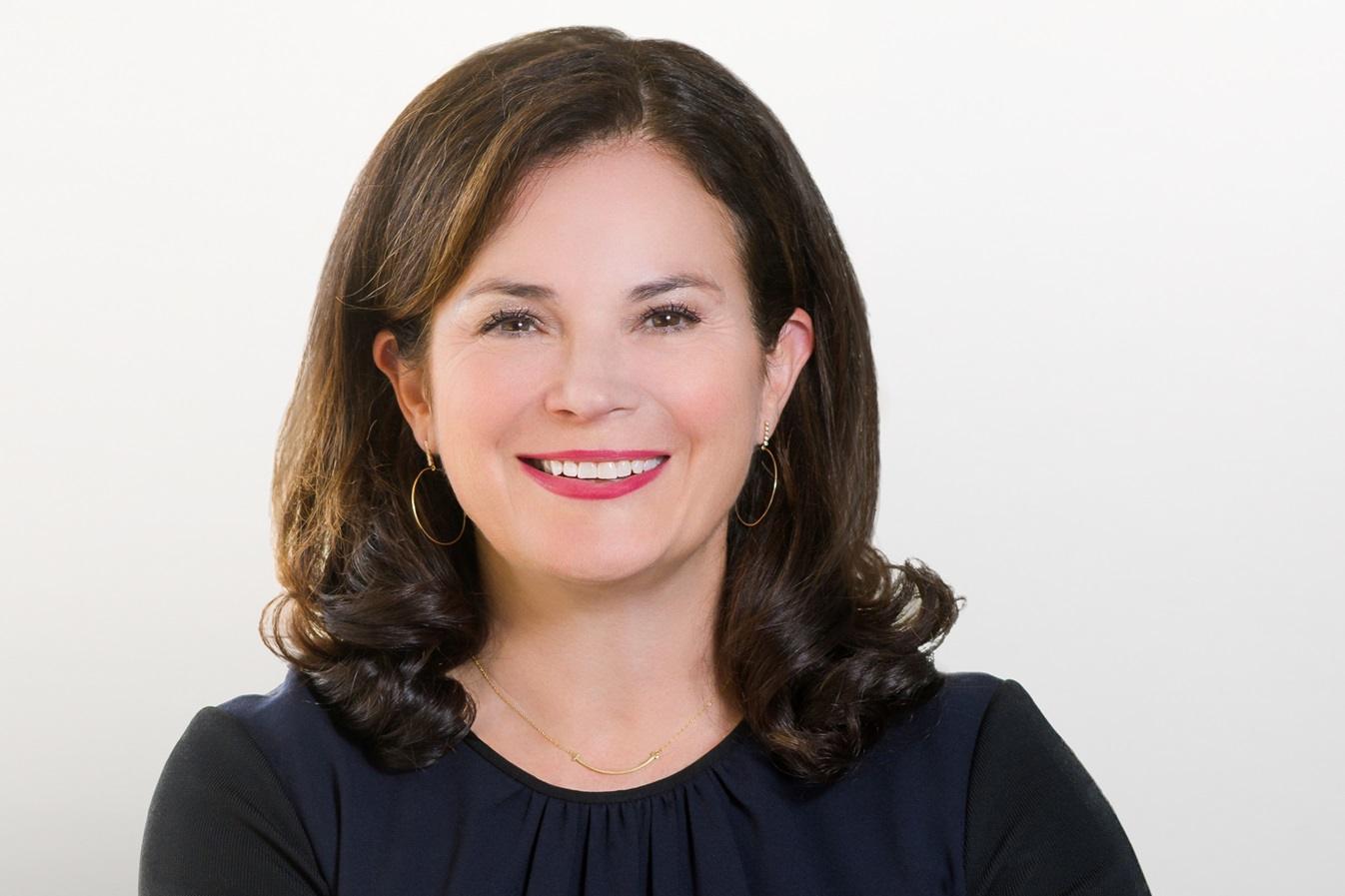S
tarbucks, a familiar fixture in many neighborhoods, is shutting down hundreds of U.S. stores, cutting both suburban and urban locations. The coffee chain says it will close outlets that are financially weak or cannot deliver the in‑store experience customers expect. “During the review, we identified coffeehouses where we’re unable to create the physical environment our customers and partners expect, or where we don’t see a path to financial performance, and these locations will be closed,” CEO Brian Niccol said in a recent release.
The brand has long thrived in bustling communities, with prices for a grande latte nearing $6 in many middle‑to‑upper‑middle‑class areas. Real‑estate expert Todd Drowlette, who once brokered Starbucks sites and now represents a large Dunkin’ franchisee in New York, notes that people judge a neighborhood by its “total package.” “Having amenities nearby adds to desirability. Everyone wants convenience today,” he told Realtor.com®. He added that Whole Foods still signals an upscale area because of its brand.
When a major retailer like Starbucks leaves, local real‑estate dynamics can shift. The “Starbucks effect” describes how a new store often signals rising affluence and desirability. Senior economic research analyst Hannah Jones of Realtor.com explains that Starbucks tends to open in neighborhoods already experiencing economic growth, rising demand, and increasing property values. “It doesn’t cause home values to rise on its own; it simply confirms trends that are already in motion,” she says. Closures can reverse that perception, hinting at declining foot traffic or consumer demand. Drowlette warns that while a single shutdown may be inconsequential, multiple closures can start a downward spiral that hurts surrounding property values. He also notes that Starbucks no longer carries the exclusivity it once did; a new store no longer transforms a neighborhood, but a closure can make residents feel their area is less desirable or affluent enough to support the brand.
A 2019 Emerald Insight study examined Starbucks’ impact on Manhattan’s real‑estate market. Using multiyear data on job density, WalkScore, transit access, and branding, researchers found a statistically significant positive link between Starbucks locations and nearby office rents. Commercial rents rose near the coffeehouses, but the connection to residential rents was weak, with only a modest 2.3 % increase at a 10 % significance level. The study suggests that while Starbucks can boost the appeal of a commercial corridor, it does not directly drive up residential property values; instead, it reflects broader economic and demographic trends already underway.
Starbucks closures may not instantly depress property values, but they can signal weakening demand, reduced walkability, and shifting neighborhood dynamics—especially when clustered in key commercial corridors.
The closures have already hit several metros. Philadelphia, Northern Virginia, Baltimore, and Washington, D.C. have seen waves of shutdowns. In Philadelphia alone, five stores closed, sparking protests led by current and former employees demanding stronger worker protections and union contracts. “Many of the closures are in city cores or densely built commercial corridors,” Jones notes, matching reports that Starbucks is shutting “some high‑profile urban locations” as foot traffic in central business districts remains depressed.
In Northern Virginia, at least 16 stores across the DMV (District of Columbia, Maryland, Virginia) area—including nine in Washington, D.C.—were confirmed to be closing, according to WUSA9. Employees expressed confusion and uncertainty; one worker at the L Street location said she was told her layoff risk was “50‑50.” Some learned of their job status through the Starbucks app, local news, or directly from managers, while others waited for official updates after their stores closed.
Baltimore has at least six stores slated for closure. Other states affected include California, Texas, and Oregon. These shutdowns follow a confluence of challenges: declining in‑store sales, a shift toward drive‑thru concepts, intensified competition, changing post‑pandemic urban demographics, and backlash from activists. “Locations that may have been viable when downtown activity was higher—office workers, commuters, shoppers—are now more vulnerable if that traffic hasn’t rebounded fully,” Jones adds.
In a statement released last week, CEO Niccol said Starbucks has opened “numerous coffeehouses over the past year” and that the overall company‑operated count in North America will decline by about 1 % in fiscal year 2025 after accounting for both openings and closures. Despite the closures, Niccol emphasized the company’s continued commitment to growth, noting that Starbucks expects to finish the fiscal year with nearly 18,300 stores across the U.S. and Canada. Over the next year, the chain plans to modernize more than 1,000 locations with updated, warmer designs.
